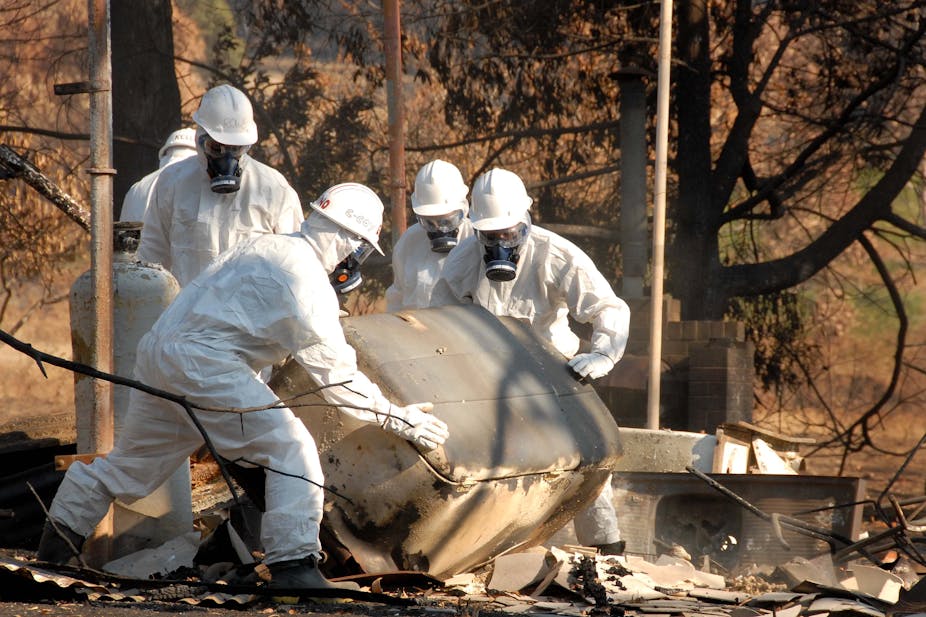Last summer, the Victorian government allowed cattle to graze in the Alpine National Park. They claimed it was part of a scientific trial to assess grazing as a tool to reduce fire risk. Now it seems there were no scientific results. Is this really the best use of our fire research resources?
Grazing trial on trial
Numerous scientists opposed this trial, partly because of concerns about the environmental impacts of large non-native hard-hoofed herbivores in a national park, and partly because of concerns about the scientific credibility of the trial.
These concerns about the trial have themselves been criticised and defended.
However, a recent report in The Age suggests that concerns about the scientific credibility of the trial are justified.
The Age states “The department [of Sustainability and the Environment] said it had conducted ‘thorough and diligent’ searches and could locate no documents containing results [about the grazing trial].”
Where is fire the biggest risk?
Without data, it is hard to see how any science was occurring last summer. It would seem to have just been cattle grazing.
However, fire risk is clearly an important topic. The Victorian government should be encouraged to tackle it, and to make efforts where the benefits are greatest.
The greatest risk from bushfires occurs where high densities of people and human assets (such as houses) meet vegetation with high fuel loads in areas prone to extreme fire weather.
Kinglake is a sober reminder of this, but other areas, such as the Dandenong and Otway Ranges, also exist.
Severe fires do occur in alpine areas, but they are not alarmingly common. The density of human life and livelihood in these areas tends to be low compared with many other areas of Victoria. Further, “damage” to the environment from these fires is questionable, and the subject of other scientific studies.
Still plenty of work to do on reducing fire risk
In these circumstances, the alpine grazing trial seems an unhelpful distraction, drawing on resources, people and political capital that could be directed at areas of greater concern.
There is uncertainty about how to reduce fire risk in Victoria most efficiently. Science can genuinely help clarify decisions about how to manage this risk. However, using science as a mechanism to allow cattle grazing in the Alpine National Park obscures this role.
The continuing revelations about the alpine grazing trial only seem to undermine the valuable role that genuine science can play. It might be difficult for members of the general public to distinguish between genuine and sham science, but in this case it is becoming more obvious.

